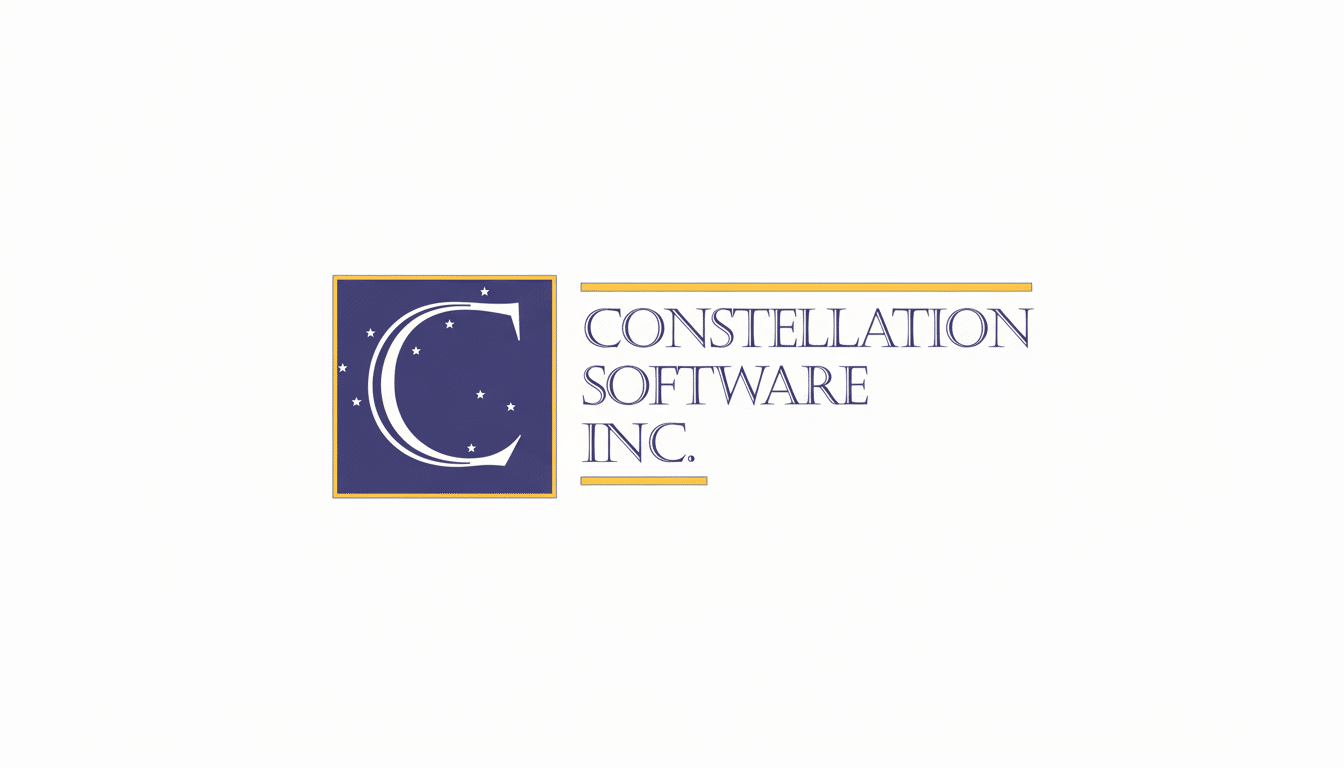Buyers bearing permanent capital are moving fast to swallow up “venture zombies” — those once-flush-with-cash software startups that have since fizzled, aged on VC cap tables and starved for growth. The value thesis is simple: purchase durable recurring revenue at a bargain, fix unit economics and hold forever. The strategy, long practiced by Constellation Software, is now attracting new attention as younger dealmakers say they can transform cash-hungry apps into compounding machines without pursuing splashy exits.
Why Hold-Forever Buyers Are Acting Now to Acquire VC Zombies
Three forces are converging. For one, the exit drought has been withering. Global buyout exits dropped to multiyear lows in 2023, and an IPO window stayed open only for select companies during 2024, reports Bain & Company and EY said. That left thousands of startups with minimal growth and scant access to follow-on capital.
- Why Hold-Forever Buyers Are Acting Now to Acquire VC Zombies
- The Buy, Fix, and Hold Playbook Reshaping Mature SaaS
- AI Is Turning Yesterday’s SaaS Into Bargains
- Who Is Doing the Buying Across Hold-Forever Software Platforms
- What Founders and VCs Get from Selling to Permanent Owners
- Risks to the Thesis as Markets Reopen and AI Competition Rises

Second, a lot of VC funds from the 2017–2020 vintages are outpacing the clock. LPs desire distributions, but secondary sales or a strategic M&A sale in many cases will not clear at prior valuations. Continuation vehicles can be helpful, but they’re a complicated solution and not appropriate for every asset (as Jefferies secondary-market surveys inform).
Third, software multiples reset. Benchmarks such as the Bessemer Cloud Index watched EV/ARR compression from frothy 2021 levels to high single digits by 2024. In the lower end of the middle market, buyers describe flat businesses trading at ~1x ARR, a significant discount to healthy SaaS peers hovering closer to 4x+. To hold-forever operators, that spread is the opportunity.
The Buy, Fix, and Hold Playbook Reshaping Mature SaaS
The model accelerates cash flow fast by centralizing GTM, finance and shared services functions across a portfolio, instituting disciplined pricing through roll-ups and cutting short long-tail feature development that doesn’t nudge retention. It’s not a flip, but a permanent franchise that spews out reliable cash and finances more acquisitions.
At 1x ARR, any operating leverage quickly changes the math. Push gross margins into the typical SaaS range of 80%, take opex back down through shared services, and a product that was barely profitable once upon a time can now make 20% to 30% EBIT margins with precious little growth. On a $1 million ARR product, that’s ~$200,000–$300,000 of annual income you can either compound or use to finance the next deal.
Constellation Software has been proving this for decades in vertical market software, stressing decentralized autonomy and benchmarking with strict capital allocation. More recent buyers apply the same sort of discipline to horizontal tools and prosumer apps, with attention paid to stable retention cohorts over headline growth.
AI Is Turning Yesterday’s SaaS Into Bargains
AI-native newcomers are destroying the value of many single-feature SaaS products. Features that used to cost $20 a seat are now parked inside wider suites or copied by OTS models. That pressure depresses growth and valuation — but not necessarily the long-term health of the revenue if a loyal base still depends on the workflow.
Owners who buy and hold forever embrace that durability. They maintain the job-to-be-done, invest in AI where it demonstrably increases retention and avoid moonshots. What you have then is a product that’s leaner, making money off of a committed audience, while trying to remain relevant enough to not churn.

Who Is Doing the Buying Across Hold-Forever Software Platforms
A new wave of acquirers are turbocharging the model: Bending Spoons, Tiny, and SaaS.group, alongside Constellation Software with its spinoff Topicus, Arising Ventures, and Calm Capital among them. Bending Spoons has drawn attention for purchasing older internet brands and focusing more on profitability over exits, in an attempt to cultivate a sort of hold-forever ethos.
There are smaller platforms gaining traction as well, to go after subscale SaaS. Curious, led by Andrew Dumont, raised dedicated capital to buy “zombies” that have flatlined, which no longer meet VC growth goals. One of its purchases, UserVoice, is emblematic: a slow-growing, much-loved tool whose cap table and growth profile didn’t match venture time horizons.
These buyers will go for $1 million–$5 million ARR and are buying companies that often get passed on by more established private equity. Deal flow is plentiful, but selectivity is ferocious: operators describe sifting through hundreds of would-be candidates to buy only a few that survive durability and unit-economics screens.
What Founders and VCs Get from Selling to Permanent Owners
For founders, a sale to a permanent owner can offer clean liquidity, preserve product continuity and prevent the deflating effect of a down round. For VCs who shepherd aging funds, it turns paper marks into cash and resets governance for a business that may no longer deserve the swing-for-the-fences investment.
Crucially, these buyers don’t require that a company blitzscale. They value strong retention, low churn, obvious pricing power and a sustainable channel over hypergrowth. It’s a different scoreboard — one of free cash flow and years of customer stickiness.
Risks to the Thesis as Markets Reopen and AI Competition Rises
The strategy isn’t effortless. Missteps in integration can cause churn, aggressive price hikes can backfire and underinvestment allows AI-native rivals to prevail over legacy products. If and when public markets fully reopen and strategic buyers start paying up again, competition for assets will increase and entry multiples may rise.
In the meantime, however, the gap between flat SaaS valuations and cash-flow potential persists. As long as the exits remain selectively open and AI continues to drive incremental features toward commodity, expect hold-forever platforms to keep quietly rolling up venture zombies — and molding them into resilient, compounding businesses.

